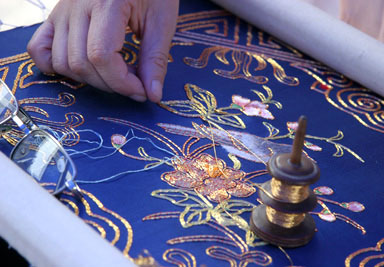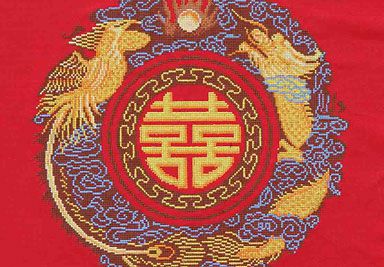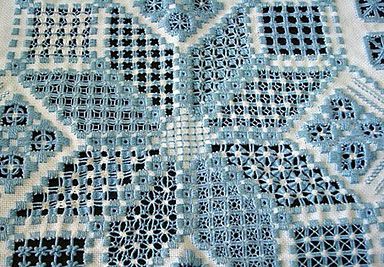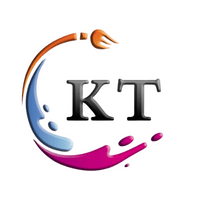Embroidery, commonly known as "embroidery", is a technique in which a needle is used to thread a fabric that has already been processed. It is a technique of organizing the embroidery threads into various patterns and colors by using a needle to pierce them according to the design.
Embroidery, as a handicraft with a wide range of regions, has its own strengths and advantages through the accumulation and development of each country and nationality over a long period of time. In China, besides the "Four Great Embroideries", such as Su embroidery, Xiang embroidery, Guangdong embroidery and Shu embroidery, there are also local embroideries such as Beijing embroidery, Lu embroidery, Bian embroidery, Ou embroidery, Hang embroidery, Han embroidery, Min embroidery, etc. Ethnic minorities in China, such as Uyghur, Yi, Dai, Buyi, Kazakh, Yao, Miao, Tujia, Jingpo, Dong, Bai, Zhuang, Mongolia, Tibet, etc., also have their own special ethnic embroideries.
The Four Great Embroideries were formed in the mid-nineteenth century, and another important reason for their creation, besides their own artistic characteristics, was the result of commercialization of embroideries. Due to the market demand and the different origins of embroidery, embroidery crafts as a commodity began to develop their own local characteristics, among which the products from four places, namely Su, Shu, Guangdong and Xiang, were especially widely sold, hence the name of the Four Famous Embroideries.
Introduction to the Four Famous Embroideries of China ---- Su, Xiang, Shu and Yue are also classified according to the characteristics and materials of embroidery.

1、Color embroidery refers to the embroidery technique of using various colored embroidery threads to create patterns, which has the characteristics of flat surface, rich stitching, fine stitching and vivid colors, and is used in many garment accessories. The color variation of colored embroidery is also very rich, as it uses threads instead of strokes to produce flashy color effects through the overlapping, juxtaposition and interlacing of various colored embroidery threads. Especially, it is most characteristic of the set of stitches to express the subtle changes of color in the pattern, with the blend of shades of color, which has the rendering of Chinese painting.

2、The main feature of the stalk embroidery is that a thicker thread is used to make the bottom or cotton to make the pattern rise, and then the embroidery thread is used to embroider the pattern, usually with a flat embroidery stitch. It is also called high embroidery, and in Su embroidery, it is called convex embroidery. It is suitable for embroidering small patterns and flowers with narrow petals, such as chrysanthemums and plum blossoms, etc. It is usually done with single-color thread.

3、Carving embroidery, also known as floor embroidery, is a kind of embroidery method with certain difficulty and very chic effect. The most important feature of it is that during the process of embroidery, holes are cut out according to the pattern, and a variety of patterns are embroidered in the holes cut out in different ways, so that the embroidery surface has both spontaneous and generous field flowers and beautiful hollow flowers. The embroidery is elegant and exquisite.
4、Patch embroidery, also known as patch embroidery, is a form of embroidery in which other fabrics are cut and pasted and embroidered onto clothing. Chinese Su embroidery also belongs to this category. The embroidery method is to cut the appliquéd fabric according to the pattern and paste it on the embroidery surface, or lining cotton and other things between the appliquéd fabric and the embroidery surface to make the pattern elevated and three-dimensional. After the applique is applied, the edges are then locked with various stitches. The embroidery method is simple, and the pattern is mainly block, which makes the style chic and generous.

5、Staple thread embroidery, also known as coil stems embroidery or sticker thread embroidery, is an embroidery method of stapling various ribbons and cords onto garments or textiles according to certain patterns. There are two common methods of stitching: open stitching, where the stitches are exposed on the stalk, and concealed stitching, where the stitches are hidden in the stalk. It has a long history of simple embroidery, and its decorative style is elegant and generous, so it has been used more often in kimonos in recent years. Sequins embroidery, also known as bead embroidery, is made of hollow beads, bead tubes, artificial stones, shiny beads, etc., which are embroidered on clothing to produce a dazzling effect.

6、Cross stitch, also known as cross peach, is a traditional embroidery method widely spread in folklore. The stitching method is very simple, i.e., the stitches are arranged in the same size diagonal cross shape according to the warp and weft orientation of the fabric to form the design required. Because of its stitching characteristics, cross-stitch patterns are generally concise in shape and rigorous in structure, often in a symmetrical layout style. There are also realistic patterns with natural flowers and plants as the subject matter. Cross-stitch has a strong folk decorative style.

7、Gorgeous ribbon embroidery, also called flat ribbon embroidery, is embroidered directly on the fabric using ribbon as the embroidery thread. With its soft luster, rich colors and eye-catching three-dimensional patterns, it is a novel and chic form of kimono decoration.
8. The method is to remove a certain amount of warp and weft yarns from the fabric according to the design, and then use the threads left on the fabric to knit and tie the yarns with embroidery threads to make up a variety of patterns. The embroidery surface of the drawstring embroidery has a unique mesh effect, which is delicate, exquisite and highly decorative. Because of the difficulty of making the surface, most of the patterns are simple geometric lines and blocks, which are used as delicate embellishments in a piece of embroidery.

9、Poke yarn embroidery, also known as naginata, is one of the traditional forms of embroidery. It is embroidered on the base material of square yarn strictly according to the number of eyes in the grid. It is not only beautiful, but also richly varied with different arrangements of horizontal, straight and oblique lines, but the eyes between the patterns must be aligned.









